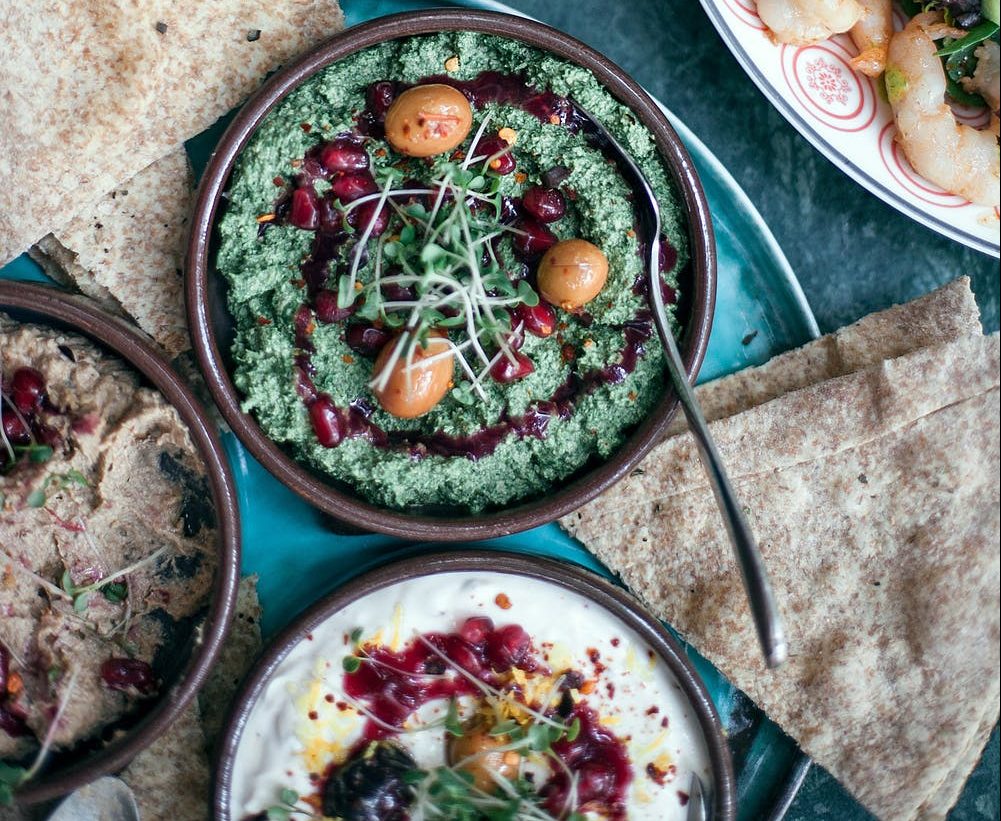The variety of desserts in Latin American cuisine is notable for its particularly sweet taste. The use of boiled condensed milk, which locals call “dulce de leche,” is popular. There is a belief that condensed milk was invented by local Argentine shepherds.
Latin Americans respect a variety of pastries, such as cookies with chocolate and condensed milk filling, or nut and honey gingerbread with almonds. Also offers Latin American cuisine recipes with photos of rice porridge made with sweet coconut milk. Desserts such as empanada, a puff pastry with filling, flan, a dish of sugar, milk, and whipped eggs, churro, a pretzel fried in butter, as well as various mousses, jellies, ice cream, waffles, chocolate, and cakes are also prepared. Of course, healthy fresh fruit may be served for dessert.
Latin American desserts can create a holiday atmosphere. Spanish Christmas dishes like pineapple cake and lemon mousse are made here. Also Latin Americans will serve punch, milkshake, protein cream, a variety of cakes and cocktails for dessert.

Latin American culture has distinguished itself in beverages as well. Some of them have their origins in the times of the Indians. Among the common drinks of this region is the Paraguayan mate tea. The drink is traditionally served in small emptied and dried pumpkins. There are also such local drinks as chicha – corn vodka, pisco – grape vodka, atole – drink made of maize, orshad – light drink with almonds, natural juices and cocoa. The inhabitants of Latin America most often consume coffee. A tart hot drink in the morning diluted with milk, and in the afternoon they prefer a more bitter black coffee.
Various refreshments of fruits and vegetables are prepared as dessert. Often Hispanics mix juices with ice, milk, and water, using a mixer. Also popular is a mixture of sweet mango juice and coconut milk or papaya and pineapple fresh. There is also such a typical drink of these places as resbaladera – a refreshing mix of rice or barley, or chicheme – a light refreshing drink made from milk with cornmeal and sugar. The exotic taste of Latin American drinks allows you to experiment by combining different local fruits.


